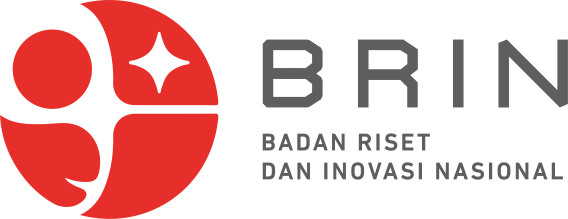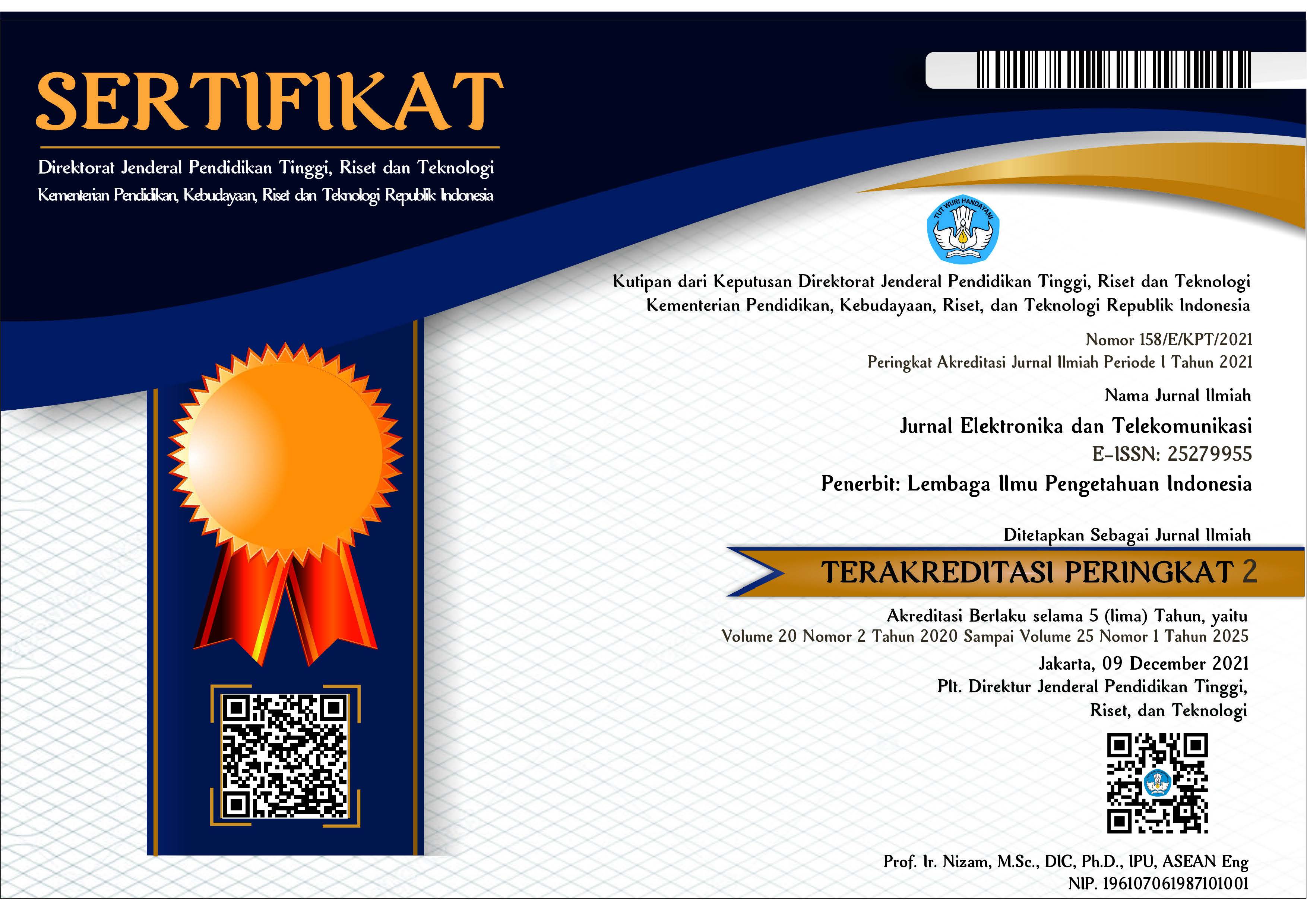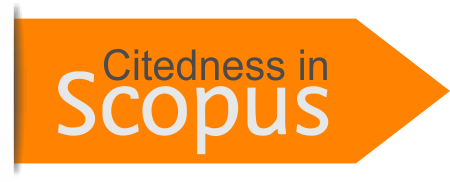Performance Comparison of PID, FOPID, and NN-PID Controller for AUV Steering Problem
Abstract
This study examines and compares three Autonomous Underwater Vehicles (AUV) steering control techniques utilizing the following three control algorithms: Proportional-Integral-Derivative (PID), Fractional Order PID (FOIPD), and Neural Network-PID (NN-PID). The objective of this investigation is to gain a comprehensive understanding of each controller's response in terms of step input scenarios, trajectory changes, and when encountering disturbances. The response analysis will evaluate the strengths and weaknesses of the controller by examining parameters such as Rise Time, Settling Time, Settling Min, Settling Max, Overshoot, Peak, and Peak Time for each controller response. To determine the accuracy performance of each controller strategy, the root mean square error (RMSE) technique will be applied, allowing users to confidently select the most suitable controller option. FOPID displays the best settling time of 3.2218 seconds, and PID stands out in rise time, achieving 0.4725 seconds. The results indicate that NN-PID is the top performer as it reduces overshoot to 0.3022%. Among the three controllers that were tested, FOPID had the smallest RMSE value, while the NN-PID control's slower response and larger error resulted in a smaller overshoot than PID and FOPID. This factor is due to the online learning process on NN-PID, which requires time. Based on the simulation results, FOPID outperforms PID in settling time and produces the smallest error due to the inclusion of parameters λ and μ, leading to improved control performance.
Keywords
References
B. Jiang, Z. Xu, S. Yang, Y. Chen, and Q. Ren, “Profile autonomous underwater vehicle system for offshore surveys,” Sensors, vol. 23, no. 7, Apr. 2023, doi: 10.3390/s23073722.
J. González-García, A. Gómez-Espinosa, E. Cuan-Urquizo, L. G. García-Valdovinos, T. Salgado-Jiménez, and J. A. Escobedo Cabello, “Autonomous underwater vehicles: localization, navigation, and communication for collaborative missions,” Applied Sciences (Switzerland), vol. 10, no. 4. MDPI AG, Feb. 01, 2020. doi: 10.3390/app10041256.
P. G. Fernandes, P. Stevenson, A. S. Brierley, P. G. Fernandes, P. Stevenson, and A. S. Brierley, “Not to be cited without prior reference to the author auvs as research vessels: the pros and cons.”
A. Monterroso Muñoz, M. J. Moron-Fernández, D. Cascado-Caballero, F. Diaz-del-Rio, and P. Real, “Autonomous underwater vehicles: identifying critical issues and future perspectives in image acquisition,” Sensors, vol. 23, no. 10, May 2023, doi: 10.3390/s23104986.
Z. Milosevic, R. A. Suarez Fernandez, S. Dominguez, and C. Rossi, “Guidance for autonomous underwater vehicles in confined semistructured environments,” Sensors (Switzerland), vol. 20, no. 24, pp. 1–32, Dec. 2020, doi: 10.3390/s20247237.
Y. Chen, Y. Bian, Q. Cui, L. Dong, B. Xu, and M. Hu, “LTVMPC for dynamic positioning of an autonomous underwater vehicle,” 2021. doi: 10.1109/CVCI54083.2021.9661196.
J. G. Bellingham, “PLATFORMS: autonomous underwater vehicles.”
R. B. Wynn et al., “Autonomous underwater vehicles (auvs): their past, present and future contributions to the advancement of marine geoscience,” Mar Geol, vol. 352, pp. 451–468, Jun. 2014, doi: 10.1016/j.margeo.2014.03.012.
D. Li and L. Du, “Auv trajectory tracking models and control strategies: a review,” Journal of Marine Science and Engineering, vol. 9, no. 9. MDPI, Sep. 01, 2021. doi: 10.3390/jmse9091020.
D. Antonov, L. Kolganov, A. Savkin, E. Chekhov, and M. Ryabinkin, “Navigation and motion control systems of the autonomous underwater vehicle,” EUREKA, Physics and Engineering, vol. 2020, no. 4, pp. 38–50, 2020, doi: 10.21303/2461-4262.2020.001361.
S. Mostafa, Y. Z. Elhalwagy, M. A. H. AboZied, and A. M. Kamel, “Control system design for steering and depth subsystems of autonomous underwater vehicle,” in J Phys Conf Ser, Jan. 2021, vol. 1721, no. 1. doi: 10.1088/1742-6596/1721/1/012031.
T. Xing, X. Wang, K. Ding, K. Ni, and Q. Zhou, “Improved artificial potential field algorithm assisted by multisource data for auv path planning,” Sensors, vol. 23, no. 15, Aug. 2023, doi: 10.3390/s23156680.
X. Chen, N. Bose, M. Brito, F. Khan, B. Thanyamanta, and T. Zou, “A review of risk analysis research for the operations of autonomous underwater vehicles,” Reliab Eng Syst Saf, vol. 216, Dec. 2021, doi: 10.1016/j.ress.2021.108011.
L. An, Y. Li, J. Cao, Y. Jiang, J. He, and H. Wu, “Proximate time optimal for the heading control of underactuated autonomous underwater vehicle with input nonlinearities,” Applied Ocean Research, vol. 95, Feb. 2020, doi: 10.1016/j.apor.2019.102002.
Y. Yang, Y. Xiao, and T. Li, “A survey of autonomous underwater vehicle formation: performance, formation control, and communication capability,” IEEE Communications Surveys and Tutorials, vol. 23, no. 2. Institute of Electrical and Electronics Engineers Inc., pp. 815–841, Apr. 01, 2021. doi: 10.1109/COMST.2021.3059998.
X. Zhang, X. Xu, X. Xu, P. Hou, H. Gao, and F. Ma, “Intelligent adaptive pid control for the shaft speed of a marine electric propulsion system based on the evidential reasoning rule,” Mathematics, vol. 11, no. 5, Mar. 2023, doi: 10.3390/math11051145.
T. K. Sethuramalingam, “Fuzzy logic controller based ship navigation system,” in J Phys Conf Ser, Jul. 2021, vol. 1850, no. 1. doi: 10.1088/1742-6596/1850/1/012113.
Tien Anh Tran, Faculty of Marine Engineering, V. Vietnam Maritime University Haiphong, and IEEE Control Systems Society, Analysis of the PID Controller for Marine Diesel Engine Speed on Simulink Environment.
A. M. Nassef, M. A. Abdelkareem, H. M. Maghrabie, and A. Baroutaji, “Metaheuristic-based algorithms for optimizing fractional-order controllers—a recent, systematic, and comprehensive review,” Fractal and Fractional, vol. 7, no. 7. Multidisciplinary Digital Publishing Institute (MDPI), Jul. 01, 2023. doi: 10.3390/fractalfract7070553.
N. K. Im and V. S. Nguyen, “Artificial neural network controller for automatic ship berthing using head-up coordinate system,” International Journal of Naval Architecture and Ocean Engineering, vol. 10, no. 3, pp. 235–249, May 2018, doi: 10.1016/j.ijnaoe.2017.08.003.
N. A. J. Witt"’, R. Sutton’", and K. M. Miller>, “A track keeping neural network controller for ship guidance.”
T. T. Le, “Ship heading control system using neural network,” Journal of Marine Science and Technology (Japan), vol. 26, no. 3, pp. 963–972, Sep. 2021, doi: 10.1007/s00773-020-00783-w.
Y. A. Ahmed, M. A. Hannan, and K. H. Siang, “Artificial neural network controller for automatic ship berthing: challenges and opportunities,” Marine Systems and Ocean Technology, vol. 15, no. 4. Springer Science and Business Media Deutschland GmbH, pp. 217–242, Dec. 01, 2020. doi: 10.1007/s40868-020-00089-x.
M. Renilson, “SPRINGER briefs in applied sciences and technology submarine hydrodynamics.” [Online]. Available: http://www.springer.com/series/8884
T. I. Fossen, “A nonlinear unified state-space model for ship maneuvering and control in a seaway.”
C. Yang and B. Eng, “MODULAR modeling and control for autonomous underwater vehicle (auv),” 2007.
Katsuhiko. Ogata, Modern control engineering. Prentice-Hall, 2010.
A. Tepljakov, E. Petlenkov, and J. Belikov, “Fractional-order calculus based identification and control of linear dynamic systems.”
M. J. Mohamed and M. A. Khashan, “Comparison between pid and fopid controllers based on particle swarm optimization,” 2014. [Online]. Available: https://www.researchgate.net/publication/260417316
C. Yeroglu, C. Onat, and N. Tan, “A new tuning method for pi λ d μ controller.”
Article Metrics
Metrics powered by PLOS ALM
Refbacks
- There are currently no refbacks.
Copyright (c) 2024 National Research and Innovation Agency

This work is licensed under a Creative Commons Attribution-NonCommercial-ShareAlike 4.0 International License.























